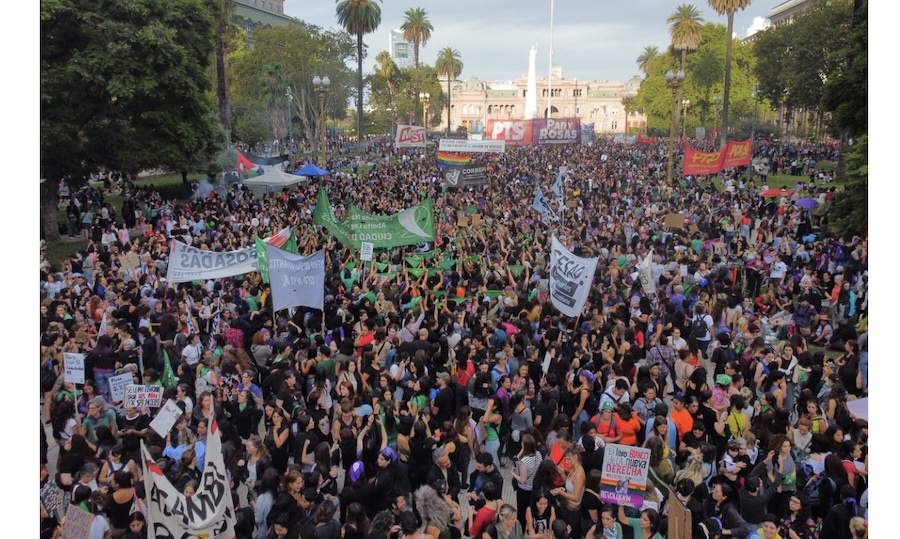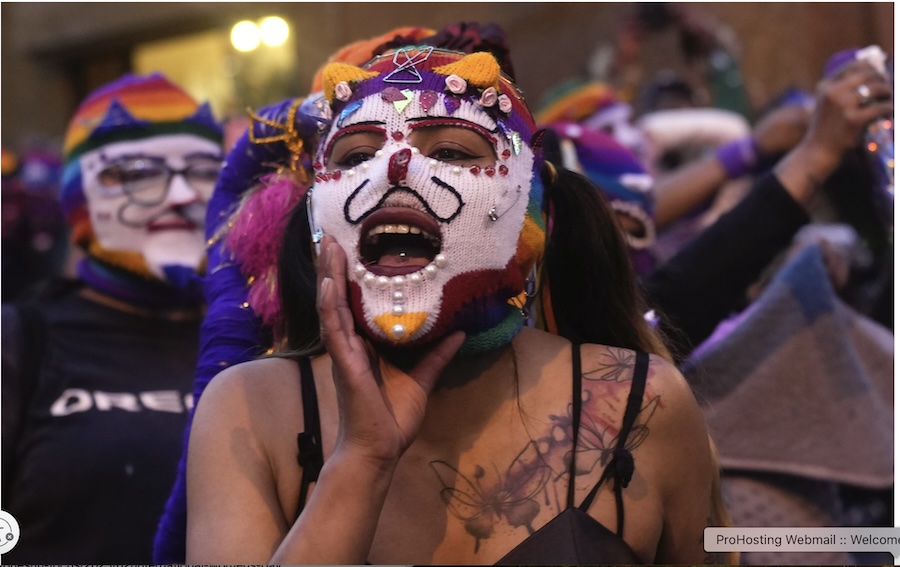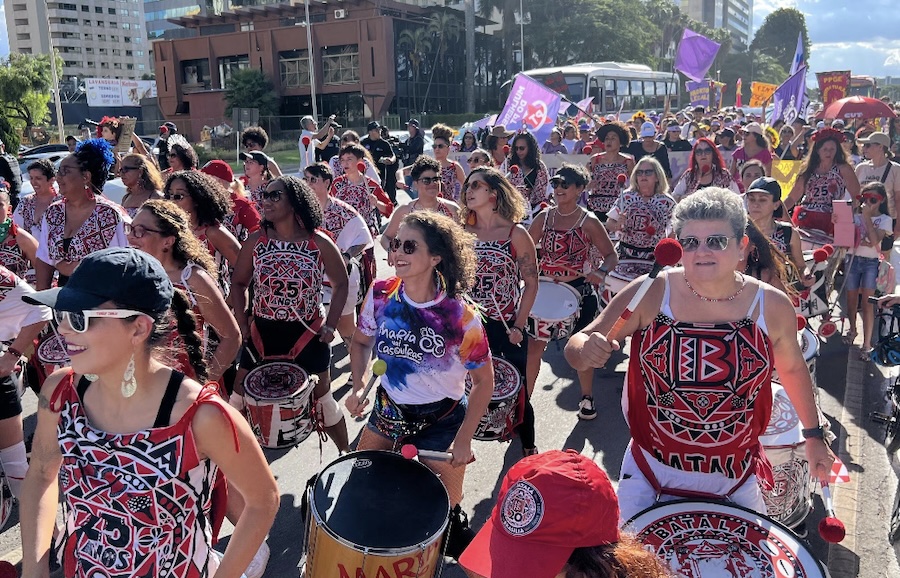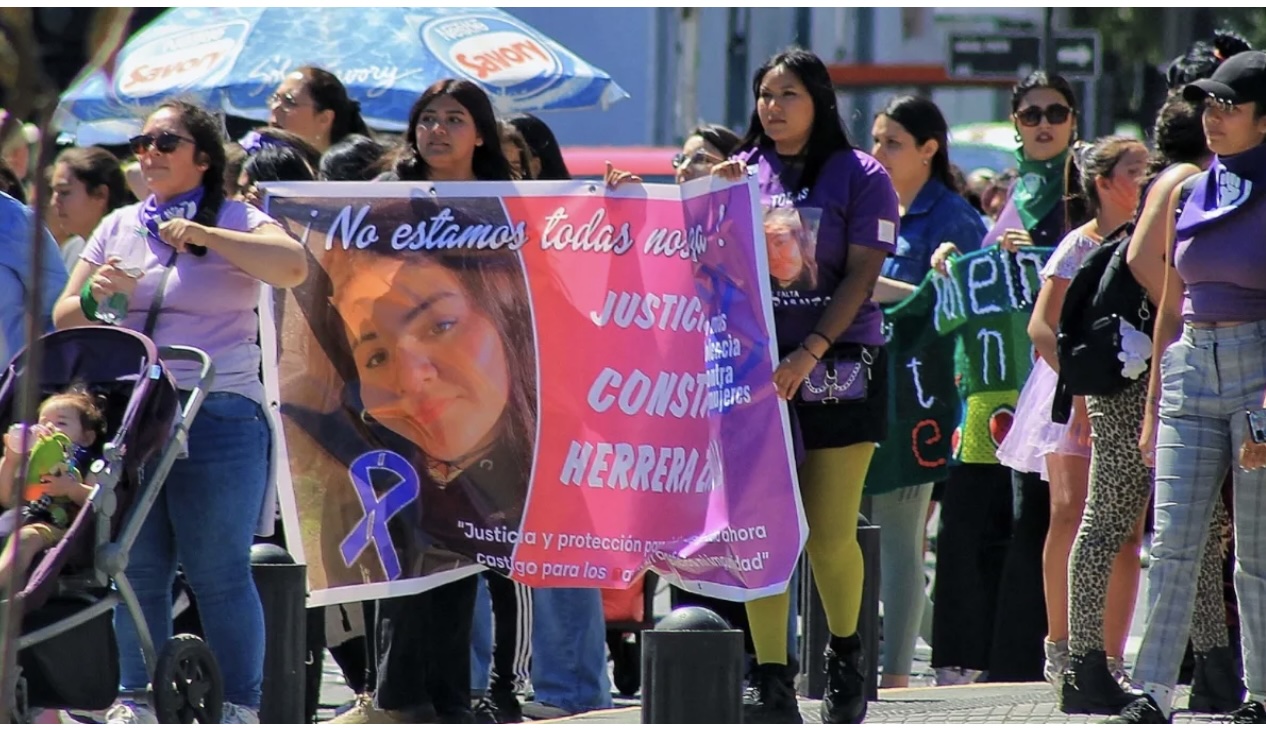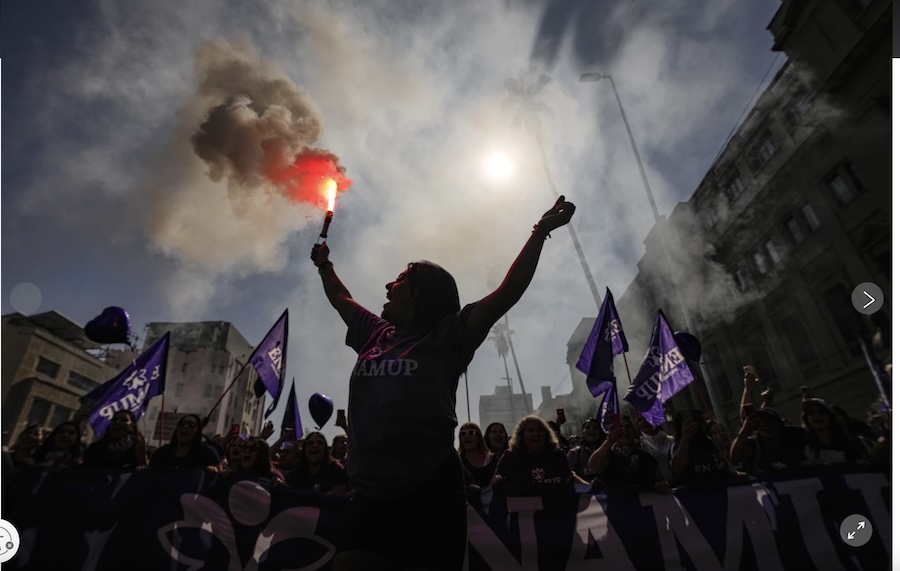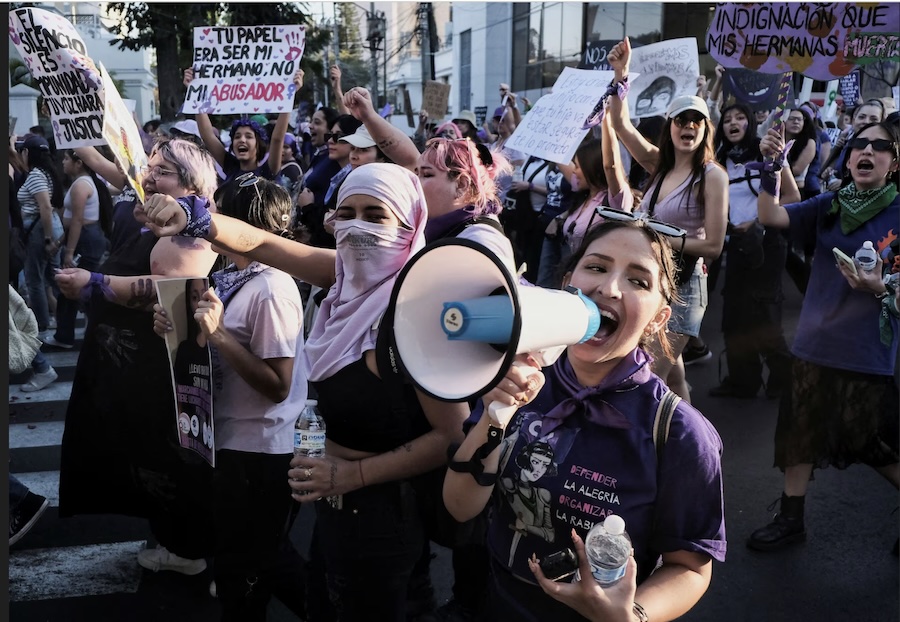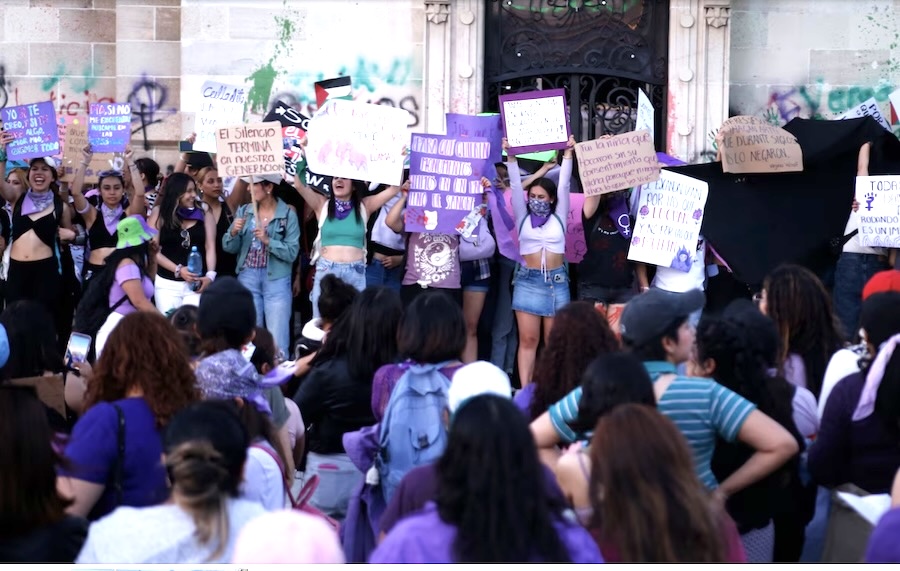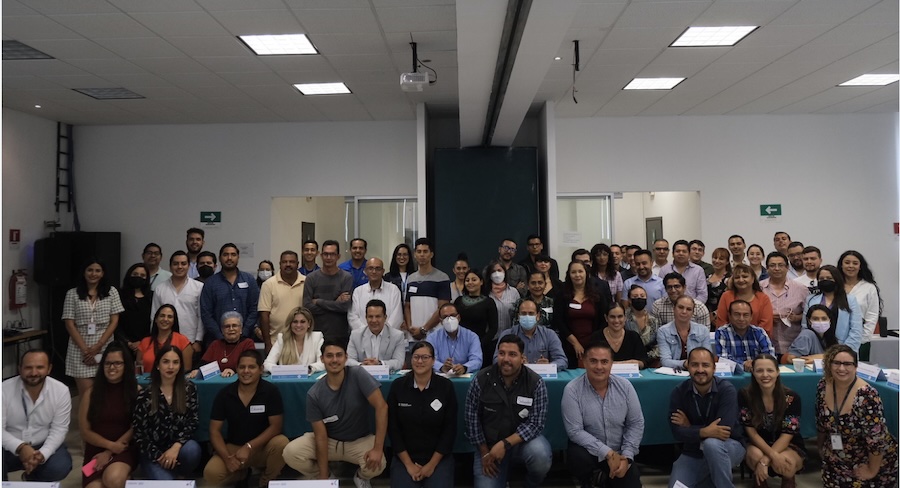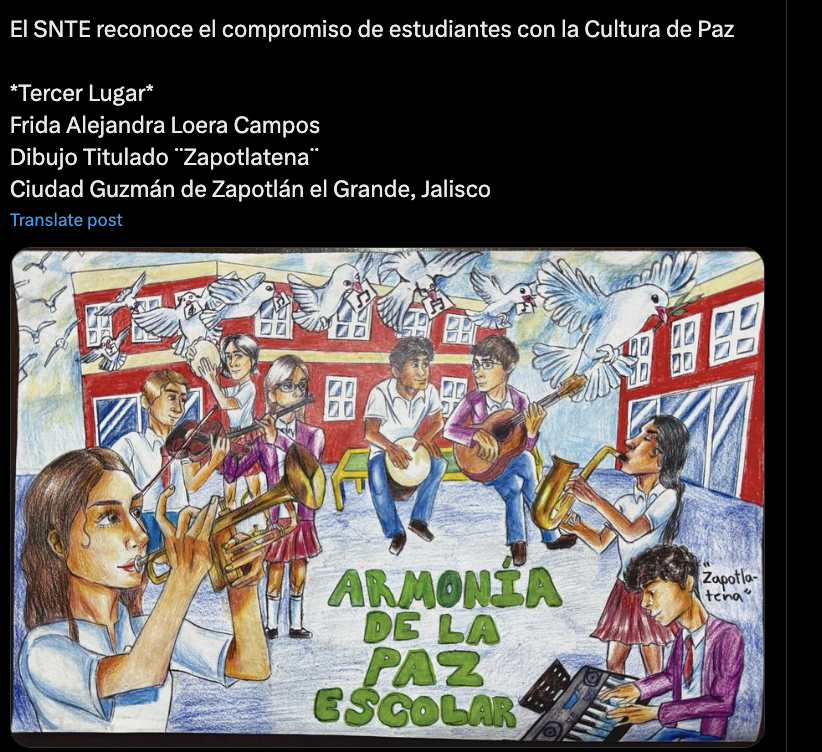. . SUSTAINABLE DEVELOPMENT . .
An article from bne Intellinews
Brasilia hosted the first BRICS Sherpas meeting under the Brazilian Presidency on February 24-25, bringing together representatives from all 11 member countries at the Itamaraty Palace, the Foreign Ministry headquarters.
The event, which laid the groundwork for the bloc’s summit taking place in Rio de Janeiro on July 6-7, marked the beginning of an ambitious agenda focused on strengthening multilateralism, promoting cooperation among Global South countries, and reforming international governance structures to better reflect the needs and aspirations of developing nations.

(click on image to enlarge)
Brazil’s Foreign Affairs Minister Mauro Vieira delivered an opening speech underscoring the bloc’s relevance during a period of profound global transformations.
“It is a great honour to welcome you to this inaugural meeting of the Brazilian BRICS Presidency. We are gathered in a crucial moment — of profound transformations, in which the principles of multilateralism and cooperation are being tested by crises that demand urgent and collective action,” Vieira stated.
In his address, Vieira affirmed that the response to the crisis of multilateralism “is more multilateralism, stronger and more inclusive in all spheres” and noted that the international order is undergoing radical changes while existing institutions struggle to adapt, even as emerging economies demand greater participation in global decisions.
“In this evolving scenario, BRICS plays a fundamental role in promoting a more just, inclusive and sustainable world order. A multipolar world is not only an emerging reality, but a shared objective,” he said.
(Article continued in the right column)
What is the contribution of BRICS to sustainable development?
(Article continued from the left column)
This is the first meeting since last year’s major BRICS expansion to include Saudi Arabia, Egypt, the UAE, Ethiopia, Iran, and Indonesia, alongside original members Brazil, Russia, India, China and South Africa.
The Brazilian presidency will prioritise cooperation with the Global South and an agenda focusing on social, economic and environmental development, with emphasis on six key areas: health, trade, climate change, artificial intelligence, reform of the multilateral security system, and institutional strengthening of the bloc.
Ambassador Celso Amorim, serving as Head Adviser to President Luiz Inácio Lula da Silva, outlined his perspective on the bloc’s significance during a recent interview with BRICS Brasil’s press team. The veteran diplomat, drawing on his extensive experience as foreign minister across multiple administrations, presented BRICS as a platform for developing nations to coordinate their efforts “on energy, on the monetary field, and even on the field of peace and security.”
Countering claims of anti-Western bias, Amorim was forthright: “How can anyone say that Brazil is against the West when we have just concluded an agreement with the European Union [Mercosur-EU deal]? There is no point. Being subordinated to a particular leading country, we don’t want that.”
The Sherpas meeting’s second day included a special session with President Lula, who delivered an upbeat speech about the bloc’s outlook.
“I am convinced that BRICS will continue to be a driver of positive change for our nations and the world. Acting in a coordinated manner for the success of the South African presidency of the G20 and the Brazilian presidency of COP30 is defending the shared future of this planet,” said Lula.
The Brazilian leader also called for collective efforts to promote peace and a multilateral security system, warning that “unilateralism undermines the international order” and that negotiating “on the basis of power” leads to instability and conflict.
“We will have an intense presidency, which will lead us to a beautiful Summit of Heads of State and Government, in Rio. We must live up to the chosen motto: strengthening Global South cooperation and reforming international governance structures.”
Touching on an issue that resonates with many members, Lula has welcomed BRICS nations’ efforts to expand local currency payment options to reduce economic vulnerabilities. In this regard, he argued that rising protectionism necessitates greater economic integration. The renewed push comes amid threats from US President Donald Trump of 100% tariffs on the bloc’s nations “if they want to play with the mighty dollar.”
While Lula previously floated plans for a full-fledged common BRICS currency, he now advocates for expanding existing bilateral payment mechanisms, shelving the idea of ditching the dollar entirely – as confirmed by various diplomats who said a shared currency is not currently on the agenda. This puts Brazil at odds with other members such as Iran and Russia, which feel a bigger pressure to dedollarise their economy due to wide-reaching sanctions imposed on them by Western countries.
– – – – – –
If you wish to make a comment on this article, you may write to coordinator@cpnn-world.org with the title “Comment on (name of article)” and we will put your comment on line. Because of the flood of spam, we have discontinued the direct application of comments.

